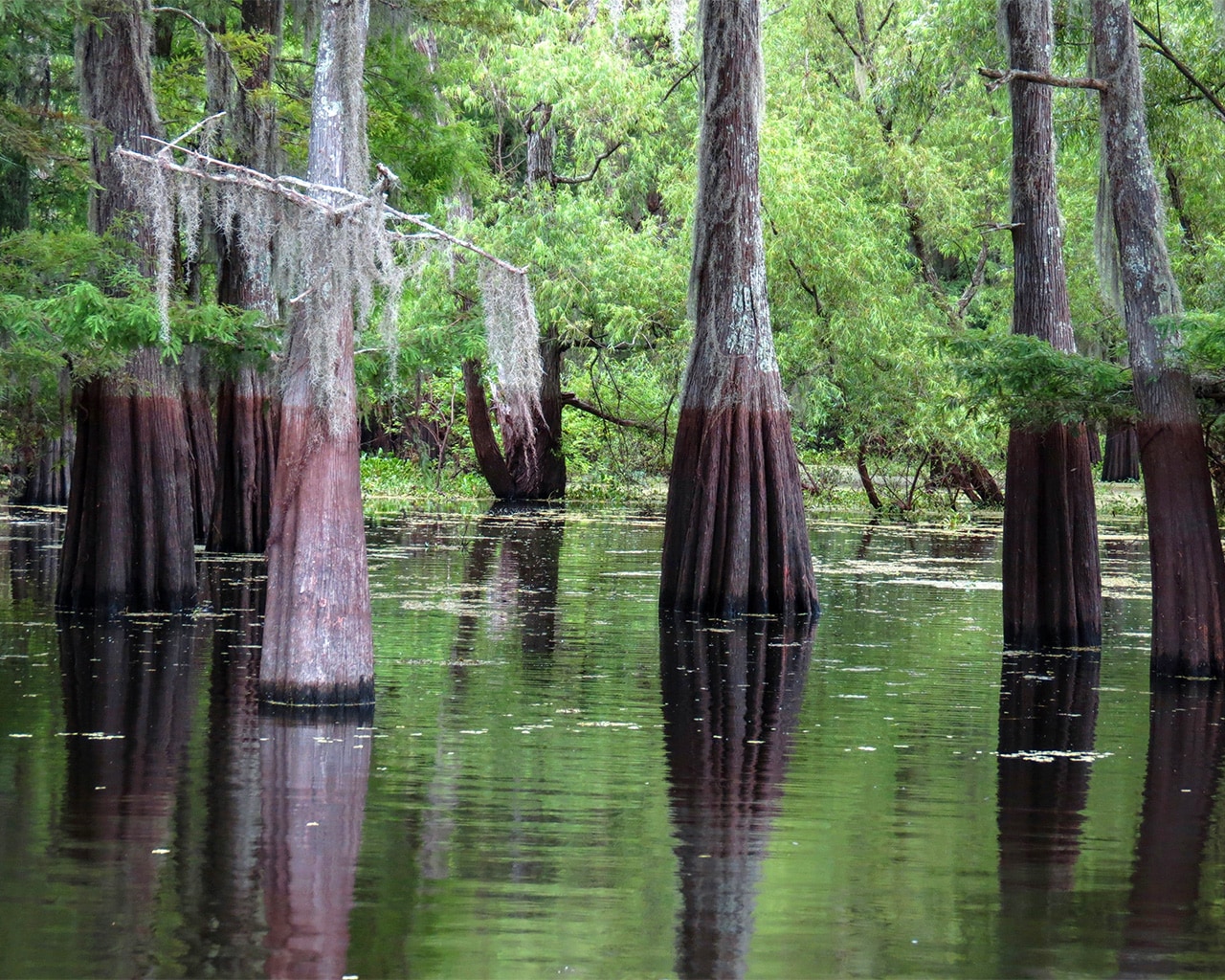Civix Client Success: Pontchartrain Levee District
NEW ORLEANS, LA – After more than 40 years of pushing for a levee system to protect St. John, St. Charles, and St. James Parishes against storm surge from an unobstructed Lake Pontchartrain, locals’ fear became reality. In 2012, Hurricane Isaac quickly inundated the area a wave of lake water, flooding thousands of homes. The incident underscored the need for the long-overdue levee, and it was put on a fast track. In just three years, the West Shore Lake Pontchartrain Hurricane and Storm Damage Risk Reduction Project plan was approved by the U.S. Army Corps of Engineers, and then in only four years, warp-speed for this type of project, Congress approved $760 million to fund it. A driving force behind this accelerated funding was U.S. Rep. Garret Graves, who championed legislation to have the Corps pay the full costs up front and allow the state to repay its share over time.
While Hurricane Isaac was the flashpoint for moving the project forward, it was the Pontchartrain Levee District’s (PLD) foresight, sustained advocacy and investment over the years that made it possible. As one of the project’s non-Federal sponsors along with the Louisiana Coastal Protection and Restoration Authority (CRPA), the PLD laid the groundwork ahead of project approval and funding with preliminary engineering, right-of-entry, and surveying.
“When Isaac hit, our fears manifested, proving what we had been saying for so long: we needed a West Shore levee,” said Monica Salins Gorman, Executive Director of the PLD. “Even though we had been working on planning for the project for decades, the approval still came as a bit of a surprise, and we were determined to move quickly to get the project constructed.”
The 18-mile levee will extend from the western guide levee of the Bonnet Carré Spillway to the Mississippi River, creating a barrier between the open waters of the lake and low-lying communities vulnerable to storm surge, including Montz, Laplace, Reserve, and Garyville.
The project’s funding came with an aggressive timeline for construction to be complete by 2024. However, the virgin swamp was far from being shovel-ready.
The first steps were to finalize project design and acquire rights to the land. For two years, Civix has been working with the PLD to obtain the right of entry for the entire alignment – a much bigger job than originally anticipated. The Corps feasibility study had identified 34 ownerships, but Civix has since identified nearly twice that number. Ninety-eight percent of the title work has been completed, and surveys, appraisals, and acquisitions are moving forward. Already, Civix has assisted the PLD with acquisition of land for access roads and a stockpile area, and contractors have cleared a 100-foot-wide corridor throughout the levee alignment to conduct surveying work.
In addition to traversing inhospitable swampland, a long stretch of the project follows a pipeline corridor, adding yet another layer of complexity. Acquiring access to the pipelines is a complicated process and includes plans to harden pipelines where they will cross the levee.
“A lot has been accomplished in a short period of time,” says Mona Nosari, the Vice President of Real Estate Services at Civix. She recalls working on the Lake Pontchartrain and Vicinity System, a similar project on the east bank of the Mississippi River in St. Charles Parish that took 20 years to complete due to limited annual appropriations.
Jane Dufour, the Civix Real Estate Director working on the project, agrees. “The West Shore project is moving much faster than most, and the PLD has been diligent about keeping this massive project on track,” she said. “They pushed this project forward for years, even when it seemed it might never happen. And the PLD’s commitment to its mission and early investments are what is making all the difference.”
She also credits the ongoing success of the West Shore project to the strong partnership between the local, state, and federal partners.
“Everyone here is working on the same team, and all the partners are deeply committed,” she said. “There’s a lot to be learned from this project, which should serve as a model for how federal and non-federal partners should work together, how early investments tee up projects for success, and how strategic and outside-the-box thinking keeps things moving.”
Dufour says the momentum of the West Shore project and the partnership with the State also helped move another shelved-yet-important project along: the Maurepas Swamp Diversion. It is being constructed as a portion of the new levee and will introduce fresh river water into the swamp, building land that will help further reduce storm surge and improve the overall health of the ecosystem.
The highly anticipated West Shore project is reaching a significant milestone as the land acquisition process is ramping up. Soon enough, the construction phase will begin in earnest as the project rockets toward its 2024 completion date.
“When the levee is finished and work on the storm risk reduction system is complete, residents and businesses can be more confident the next time a hurricane approaches,” said Ricky Bosco, President of the Board of Commissioners of the PLD.

